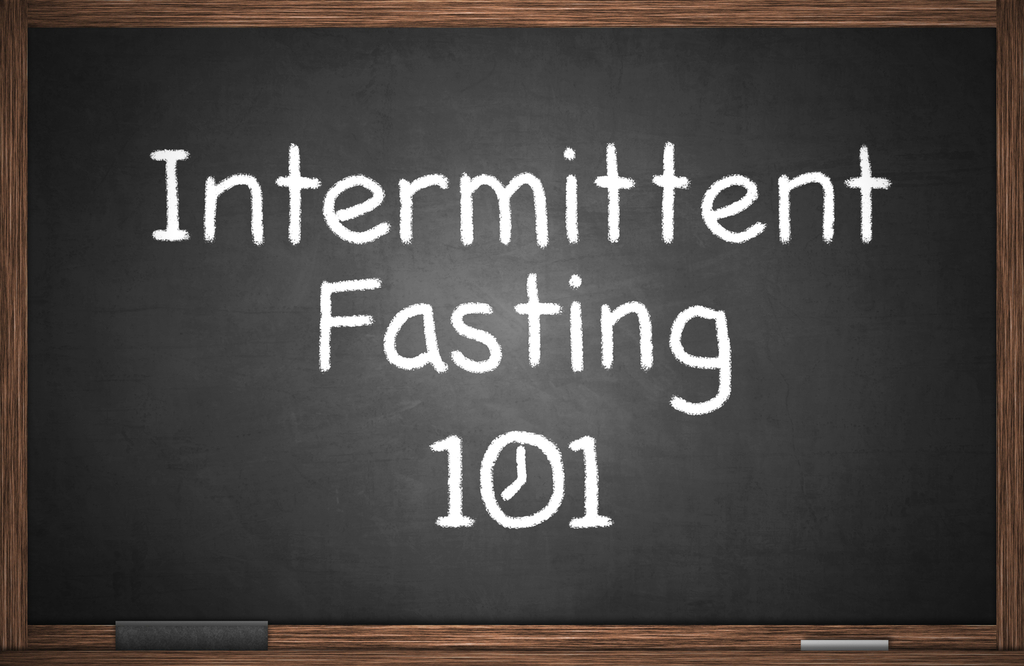Comprehensive Guide to the Top 5 Intermittent Fasting Strategies for Better Health
Discover the top five effective intermittent fasting strategies, including detailed insights into their mechanisms, benefits, and practical tips. Learn how methods like the 24-hour fast, Warrior Diet, meal skipping, and the 5:2 diet can enhance your health, support weight loss, and promote longevity. Whether you're a beginner or experienced, this comprehensive guide helps you choose the fasting method best suited to your lifestyle, ensuring safe and sustainable health improvements.

Comprehensive Guide to the Top 5 Intermittent Fasting Strategies for Better Health
Intermittent fasting has become one of the most popular health practices worldwide, endorsed for its numerous benefits ranging from weight management to disease prevention. This approach involves alternating periods of eating and fasting, focusing on short-term calorie restriction that can lead to sustained health improvements. With a broad spectrum of fasting methods suited to different lifestyles, preferences, and health goals, understanding the best strategies can help individuals incorporate fasting seamlessly into their routines. In this comprehensive guide, we explore the top five effective intermittent fasting techniques, detailing their mechanisms, benefits, and practical tips for success.
Intermittent fasting is not just about starving oneself; it emphasizes mindful eating, hydration, and optimizing the fasting and feeding windows to maximize health benefits. It's crucial to stay well-hydrated during fasting periods with water, herbal teas, or other calorie-free beverages to prevent dehydration and associated health issues. When implemented correctly, these fasting methods can contribute to improved metabolic health, bolster immunity, and promote mental clarity, among other advantages.
Below, we delve into five highly effective intermittent fasting strategies, highlighting their unique features, suitability for different lifestyles, and how to perform them safely and effectively.
Once-a-Week 24-Hour Fast
Known widely as the Eat-Stop-Eat method, this approach involves fasting for a complete 24-hour cycle once a week. Participants might choose to fast from dinner to dinner, breakfast to breakfast, or lunch to lunch. During this period, only non-caloric beverages like water, green tea, black coffee, or herbal teas are consumed. This method is particularly appreciated for its simplicity and flexibility, making it accessible for beginners who want to incorporate fasting without extensive dietary changes. The key is to plan the fast on days with lighter physical activity and to gently reintroduce normal eating habits afterward. Benefits include increased fat oxidation, improved insulin sensitivity, and mental clarity.
The Warrior Diet
This strategy was popularized by fitness author Ori Hofmekler and involves a semi-fast during the day with a large, nutrient-dense meal at night. During the 20-hour fasting window, individuals consume small amounts of raw fruits and vegetables and possibly some dairy or protein snacks. The main feast at night focuses on wholesome foods high in vitamins, minerals, and healthy fats. The Warrior Diet caters to people with nocturnal preferences or busy schedules who prefer to eat larger meals in the evening. It promotes detoxification and nutrient absorption while supporting energy levels during fasting hours.
Meal Skipping and Flexibility
This adaptable fasting method involves skipping meals occasionally to help regulate appetite and digestion. Unlike strict plans, it offers flexibility—allowing individuals to skip breakfast, lunch, or dinner based on daily routines and hunger cues. Meal skipping not only reduces calorie intake but also helps improve metabolic flexibility, making it easier to switch between burning carbs and fat for energy. It's particularly effective for those new to fasting or with irregular work schedules. Proper planning is essential to avoid overeating during feeding windows, and combining this with a balanced diet enhances overall health.
Alternate-Day Fasting (ADF)
ADF involves alternating between days of normal eating and days of significant calorie reduction, often around 500 calories or less. On fasting days, individuals might restrict their intake to nutrient-rich, low-calorie foods or beverages. The next day, normal eating resumes without restrictions. This pattern effectively creates a weekly calorie deficit, promoting weight loss and improving metabolic health parameters like cholesterol and blood sugar levels. It can also enhance lifespan and reduce inflammation. ADF is suitable for individuals seeking a more rigorous fasting schedule but should be approached gradually, especially for beginners or those with existing health conditions.
The 5:2 Diet (Two-Day Weekly Fasting)
Popularized by Dr. Michael Mosley, the 5:2 diet involves eating normally for five days while limiting caloric intake on two non-consecutive days. Women typically restrict intake to around 500 calories, while men limit it to about 600 calories on fasting days. Meal options usually include small, nutrient-dense meals such as vegetables, lean proteins, and healthy fats. This approach supports weight loss, insulin sensitivity, and reductions in inflammation. Many find the diet sustainable due to its flexibility, allowing social and family meals on non-fasting days. Proper meal planning during fasting days helps prevent hunger and energy dips.
Beyond these core methods, there are numerous other fasting patterns and modifications to suit individual health needs and lifestyle preferences. When combined with a balanced diet, regular exercise, and proper hydration, intermittent fasting can serve as a highly effective strategy for long-term health and wellness. As with any significant dietary change, consulting a healthcare professional before starting is recommended—particularly for individuals with underlying medical conditions.
In conclusion, adopting one of these five intermittent fasting strategies can help improve metabolic health, aid weight loss, and support overall wellness. The key to success lies in consistency, mindful eating, and listening to your body's signals. Whether you prefer the simplicity of a once-weekly 24-hour fast or the flexibility of meal skipping, there's an effective fasting approach tailored to your lifestyle. Embrace these strategies gradually and observe how your body responds, turning fasting into a sustainable and health-boosting habit.





